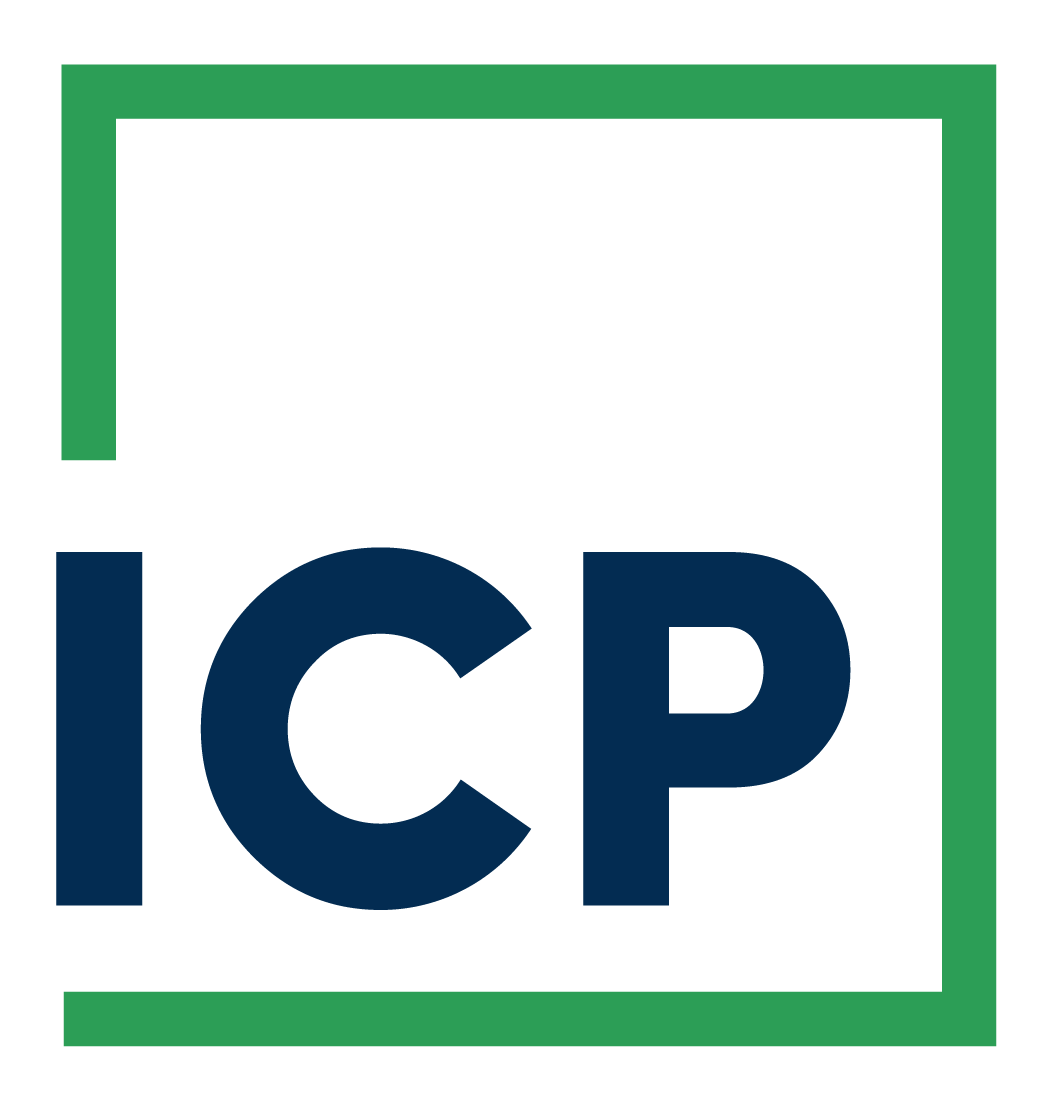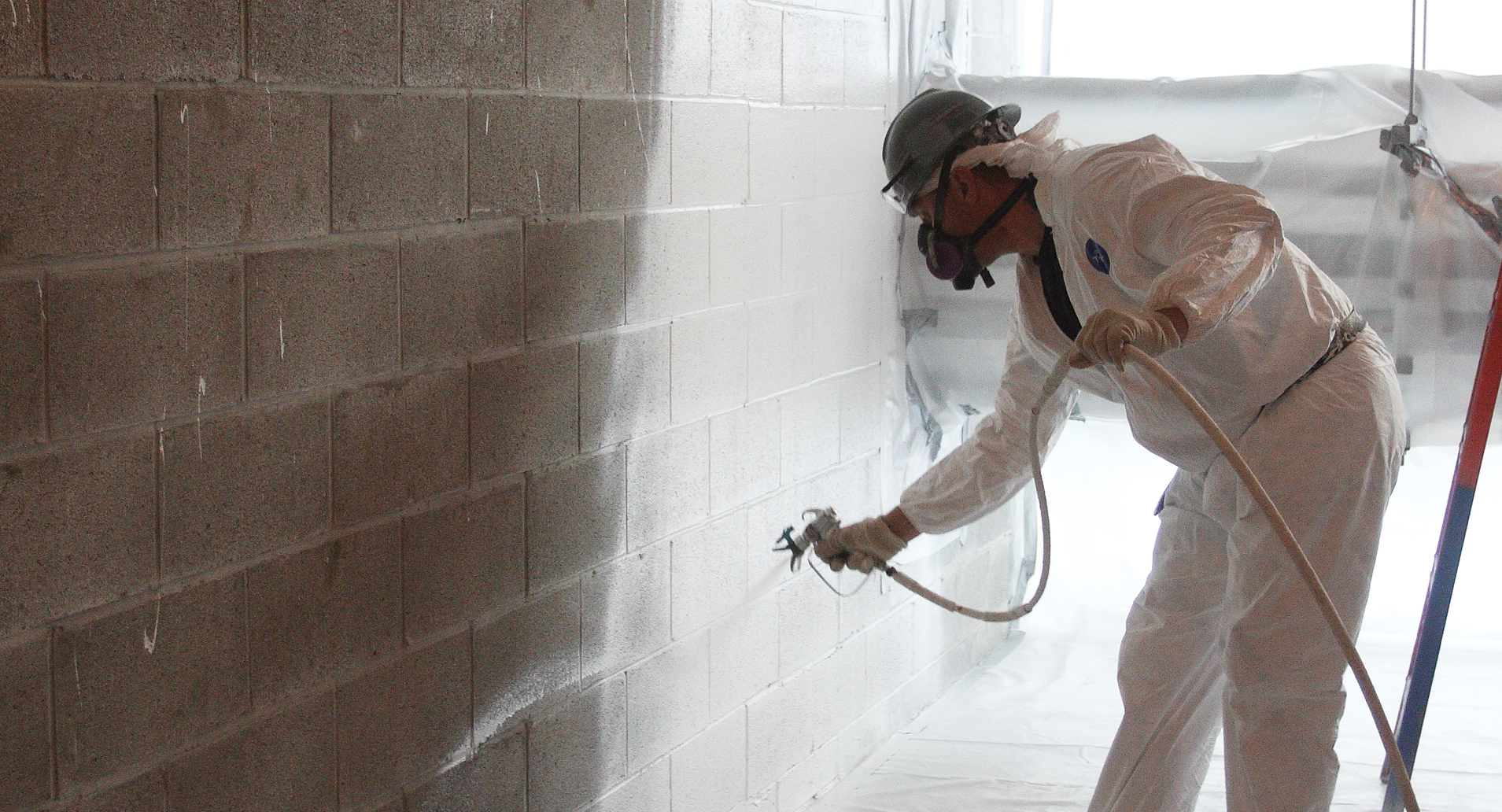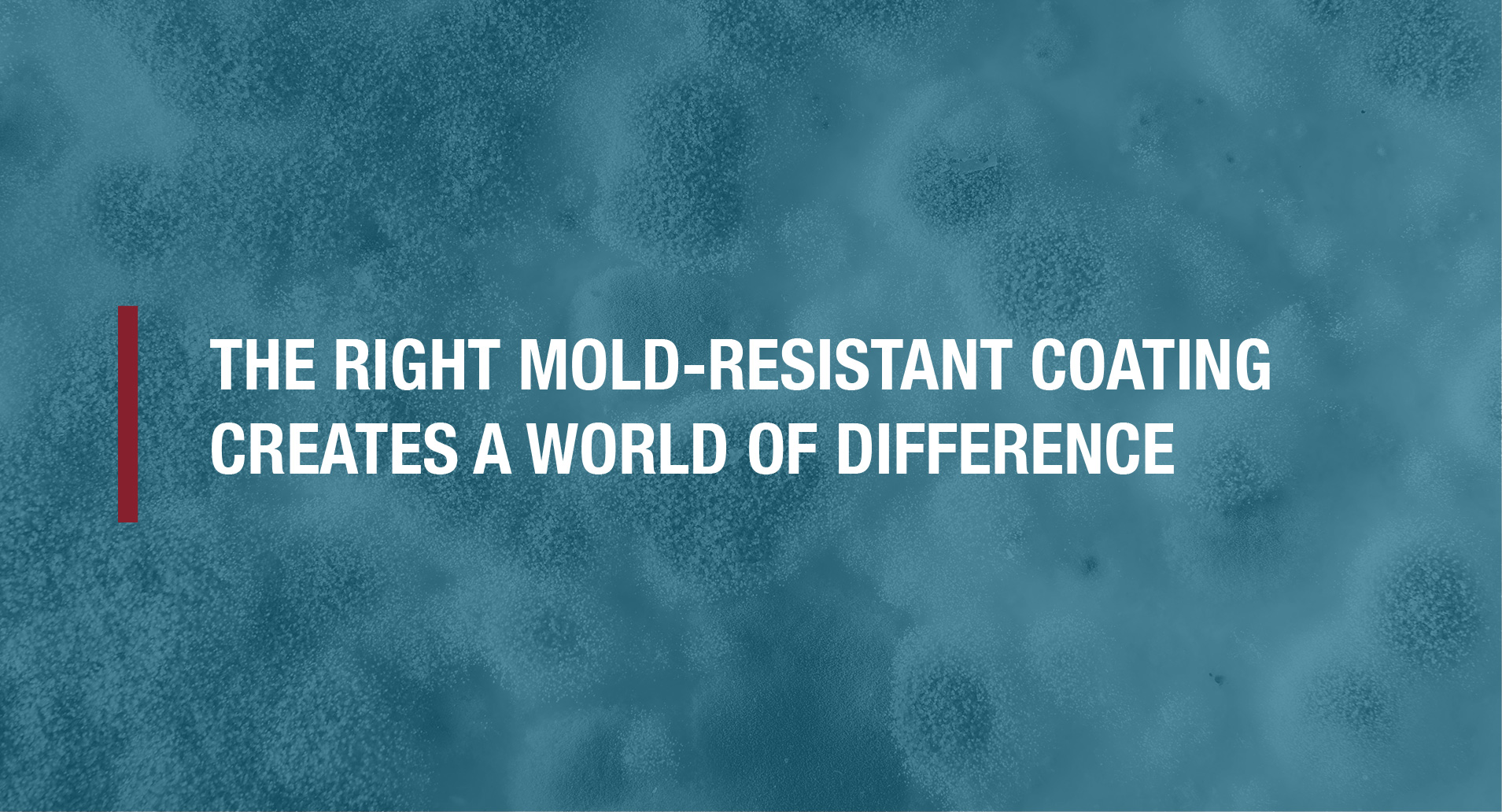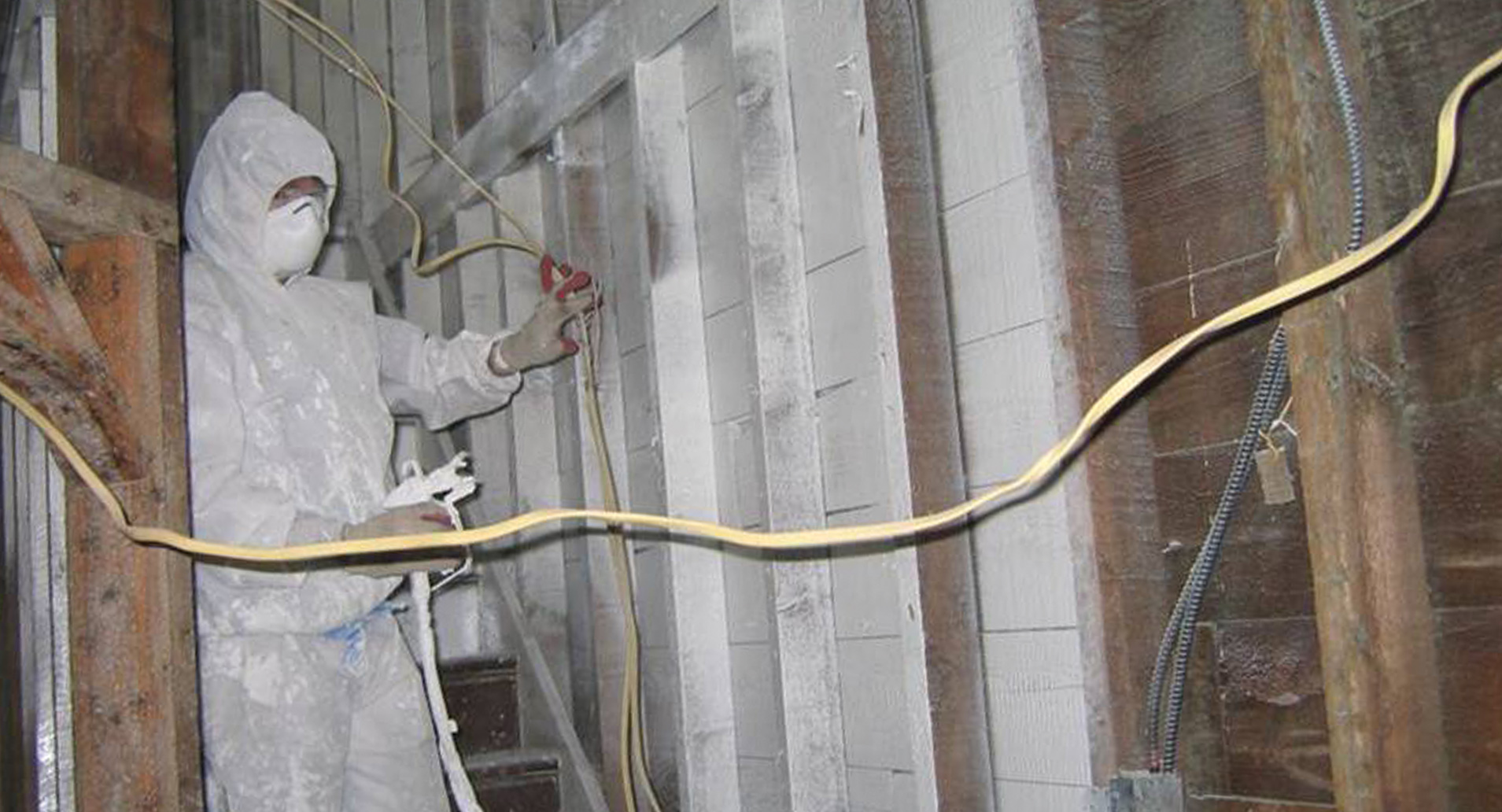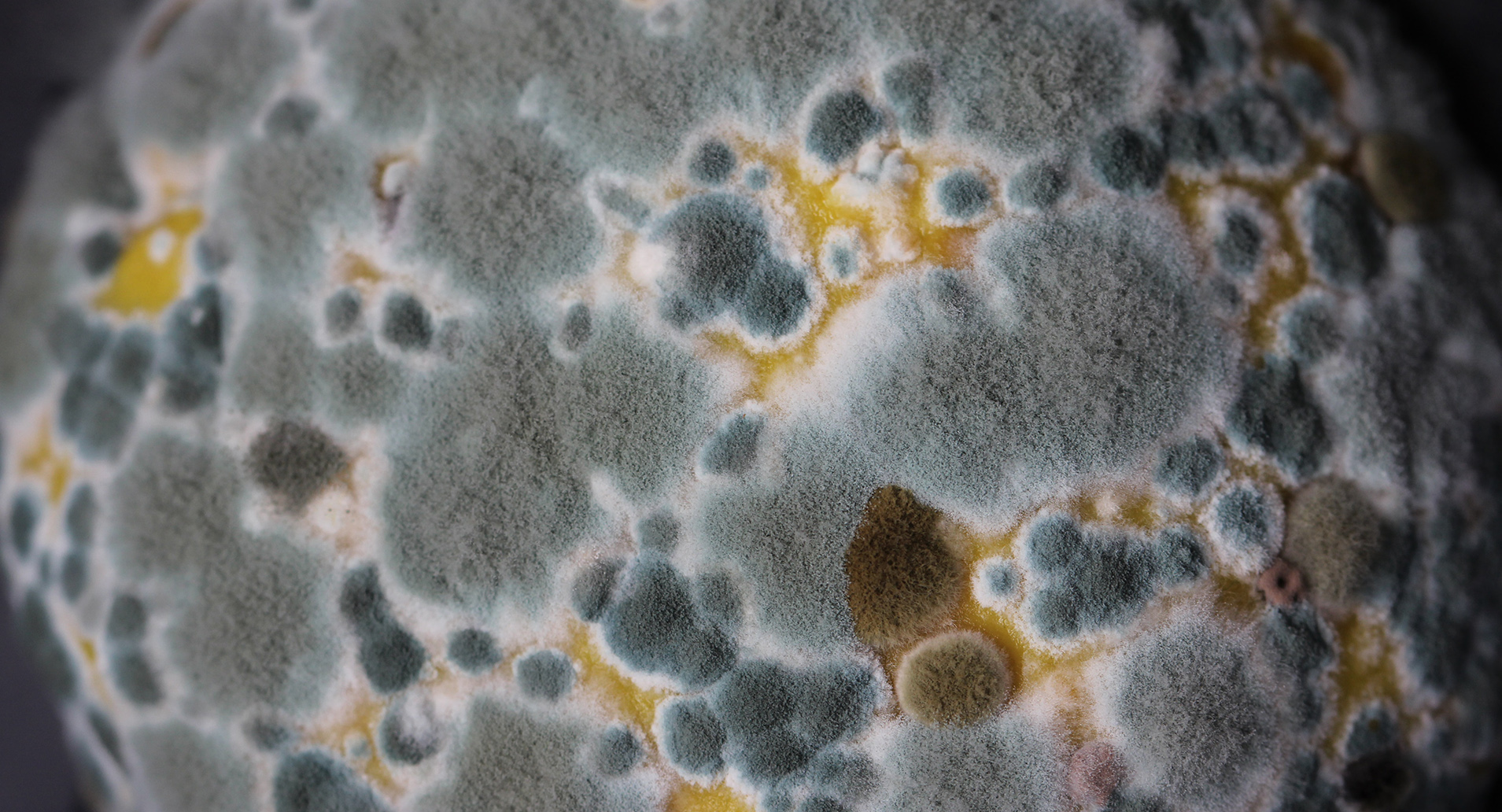Why Your Choice of Preventative Coating Matters: For Contractors
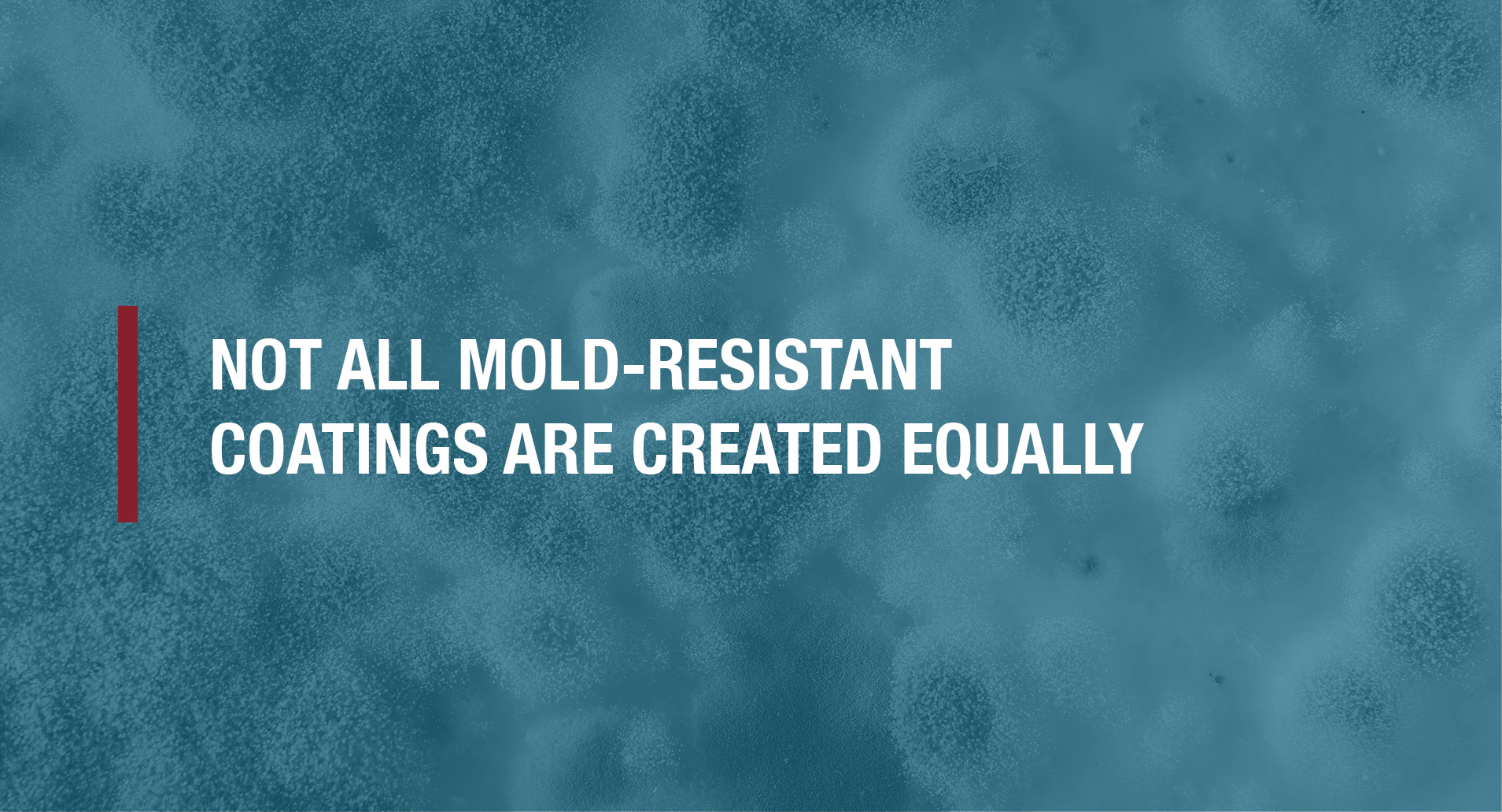
Not All Mold-Resistant Coatings Are Created Equally
When it comes to mold remediation and prevention, it’s important to understand the two most basic functions of preventative mold-resistant coatings. First, a preventative coating is designed to trap and lock down any remaining mold residue. As a microorganism, mold releases thousands of microscopic spores that even the best disinfectants and sanitizers can miss. Preventative coatings are manufactured to tackle this very issue by trapping and locking down any residual mold spores. The fungi are essentially suffocated and unable to germinate or grow.
The secondary function of these coatings is in the name: preventative. Preventative coatings, when dry, form a surface that resists mold growth. Therefore, using the right preventative coating highly reduces the risk that any rogue mold spores or fungus is able to thrive or survive on the surface.
But not all mold-resistant coatings are created equally. Here are some important things to know when choosing a mold-resistant coating for your next remediation project:
How to Save on Total Project Costs
Taking the time to source the right mold remediation products can save time, money, and labor. Choosing the right mold-resistant coating is an important step in your mold remediation process, one that if done correctly, can address all of these important points.
When selecting a preventative coating, it might be tempting to make your selection based on the upfront price point. However, a cheaper, lower-quality selection made at the start of a job can lead to higher overall costs throughout the life of the project.
For example, a preventative coating that only costs 67 cents/square foot seems like the better option compared to a preventative coating that comes out to 76 cents/square foot. However, product quality can play a major role in the long- term value. With the cheaper preventative coating, it’s almost guaranteed that your team will need to apply two coats for thorough, long-lasting coverage on any given surface, which brings the long-term product price point up to $1.34/square foot. On the other hand, a more highly rated product, like IAQ 6000 from ICP Building Solutions Group, may only require one coat to deliver satisfactory mold-resistant coverage, saving both money and material.
For contractors, time is money. And the time and labor saved by a single-coat product versus one that requires two is significant.
Beyond savings, there’s even more value to finishing a job correctly and accurately the first time. By selecting a subpar product, you expose yourself to a much higher risk of failure or redundancy—a process which is intrusive and time-consuming for both you and your client. Not to mention the damage this might do to your reputation.
Seek Independently Tested Products
How to verify that you’ve chosen a high-performance products? Seeking out independent testing data is one way you can be sure.
For example, ASTM testing is one way manufacturers back up their product claims. While manufacturers are by no means required to subject their products to the testing available through ASTM, doing so can offer significant value to indoor environmental professionals, remediation specialists, and architects.
Knowing that products have gone through either or both the ASTM D3273-16 and ASTM G21, the Standard Test Method for Resistance to Growth of Mold on the Surface of Interior Coatings in an Environmental Chamber and the Standard Practice for Determining Resistance of Synthetic Polymeric Materials to Fungi, respectively, provides professionals with proof of product performance.
You can refer back to these studies when making purchasing decisions and when presenting clients with options in terms of what resources will give them the best value and performance. The best and easiest way for professionals to gain access to this information is by simply requesting lab results from these specific ASTM tests.
The Value of EPA Registration
The Environmental Protection Agency (EPA) has a longstanding relationship with those in the mold remediation and construction business. Though most seasoned professionals in these industries are already well aware of EPA regulations and requirements, occasionally there still remains some confusion about registration when it comes to mold-resistant coatings.
In most cases, a mold-resistant coating does not need to be registered with the EPA. That’s because the coating creates a fungistatic surface that inhibits mold growth but does not actively kill mold spores. This relates to a section in the FIFRA act known as the Treated Article Exemption.
In short, this is an exemption that applies to products that are inhibitors, but not active killers of various microorganism growth. For example, mildew-resistant shower curtains do not need an EPA registration or EPA registration number. However, there have been some recent developments and innovations in preventative coating technology that have resulted in a few preventative coatings that do require EPA registration.
It’s important for any remediation professional to be well informed about EPA regulations and aware of which products require EPA registration. This will not only keep your work up to code but can be useful when discussing the various environmental impacts of your products with potential customers as well.
First arriving on the scene around 2009, many strides have been taken to bring more attention to preventative coatings that contain active ingredients. These kinds of coatings go a step above and beyond mold-inhibiting and fungistatic surfaces. Whereas other preventative coatings merely lock down residual spores and create fungistatic surfaces, an EPA-registered preventative coating will actually kill those residual mold spores while wet. Once dried, the active ingredient is bonded to the surface and acts as a traditional preventative coating, creating a fungistatic surface.
It’s important to note, though, that these fungicidal preventative coatings do not act as a replacement for the extraction or sterilization process that should precede the application of any preventative coating.
Conduct Your Due Diligence
In summary, there’s a lot to consider when choosing a high-performance mold-resistant coating. The more knowledge you equip yourself with, the better off your budget, and therefore your business, will be. When it comes to preventative coatings, it pays off in the long run to conduct your due diligence and make purchase decisions with current information.
The lifetime value of a product, its environmental impact, and whether or not it advances your brand are all factors to consider when sourcing your preventative coating and other products.
